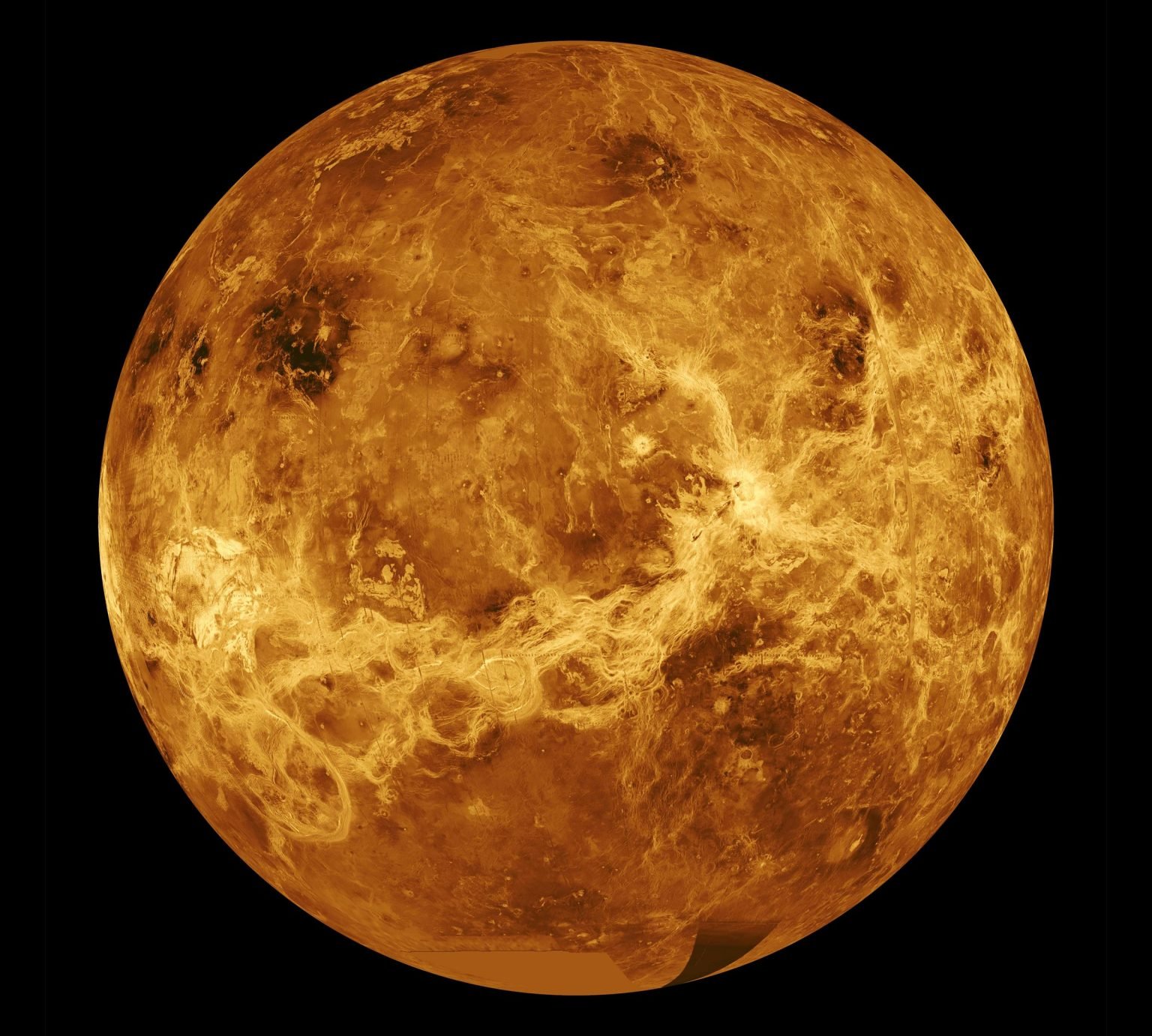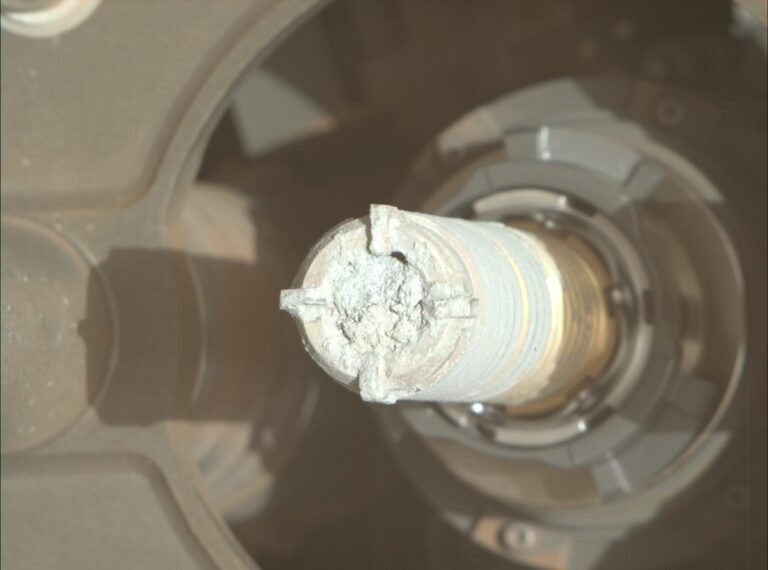NASA’s recent discovery reveals Venus has a much thinner crust than previously thought – and an even more mysterious feature beneath its surface. Learn what this means for planetary science and the possibility of past life on Venus.
Introduction: A New Chapter in Venus Exploration
Venus, often referred to as Earth’s “sister planet” due to its similar size and proximity, has long intrigued scientists. Despite its inhospitable environment, Venus may hold clues to understanding Earth’s past—and perhaps, its future. In a groundbreaking announcement, NASA revealed that Venus has a surprisingly thin crust—a discovery that not only changes our understanding of the planet’s geology but also uncovers something far stranger lurking below its surface.
Venus’s Crust: Much Thinner Than Expected
What Did NASA Discover?
Using data from radar imaging, thermal mapping, and modeling from spacecraft such as Magellan and Venus Express, NASA scientists have found that Venus’s crust is significantly thinner than expected, possibly only 10 to 20 kilometers thick in some regions. In comparison, Earth’s continental crust averages around 35 kilometers.
Why Is This Important?
A thinner crust suggests more geological activity, including volcanism and mantle plumes, than previously thought. This could explain the large number of volcano-like structures observed on the Venusian surface.
The Stranger Discovery: Active Mantle Plumes and Possible “Venusquakes”
Alongside the thin crust, NASA’s study identified suspicious heat signatures and strange topographical formations that point toward something much more mysterious: active mantle plumes, or even Venusquakes—seismic activity similar to earthquakes.
Could Venus Still Be Geologically Alive?
The presence of mantle plumes—columns of hot rock rising through the mantle—suggests that Venus may still be geologically active. This challenges the long-held belief that the planet’s interior had cooled and solidified billions of years ago. If Venus is geologically alive, it may help explain the planet’s young-looking surface.
Potential Implications: Life, Climate, and Earth Comparisons
Could Life Have Existed on Venus?
While the current surface conditions on Venus are hellish—with temperatures over 450°C and crushing pressure—there’s growing speculation that Venus may once have had Earth-like conditions, including liquid water. A geologically active Venus increases the possibility that life may have existed in its past, especially in subsurface environments.
What It Means for Earth and Other Planets
Venus offers a mirror to understand climate change and planetary evolution. With its runaway greenhouse effect and now-potentially active geology, Venus shows what can happen when atmospheric balance is lost. This discovery may help scientists refine climate models for Earth and understand geological activity on Mars and exoplanets.
What’s Next: NASA’s Upcoming Missions to Venus
NASA has already planned two major missions to Venus in the coming decade:
VERITAS (Venus Emissivity, Radio Science, InSAR, Topography, and Spectroscopy) – set to map the surface in high resolution and uncover Venus’s geologic history.
DAVINCI (Deep Atmosphere Venus Investigation of Noble gases, Chemistry, and Imaging) – will analyze the planet’s atmosphere and look for signs of past oceans.
These missions will help confirm whether the mantle plumes are active and how the thin crust affects the planet’s internal dynamics.
Final Thoughts:
Venus Is More Alive Than We Thought
The discovery that Venus has a thin crust—combined with possible active mantle dynamics—marks a seismic shift (literally and figuratively) in how scientists view the planet. Far from being a dormant hellscape, Venus may be a dynamic world with secrets still waiting to be uncovered. This new understanding pushes us closer to answering the age-old question: Are we alone in the universe—or did life once flicker on Earth’s fiery twin?

















+ There are no comments
Add yours